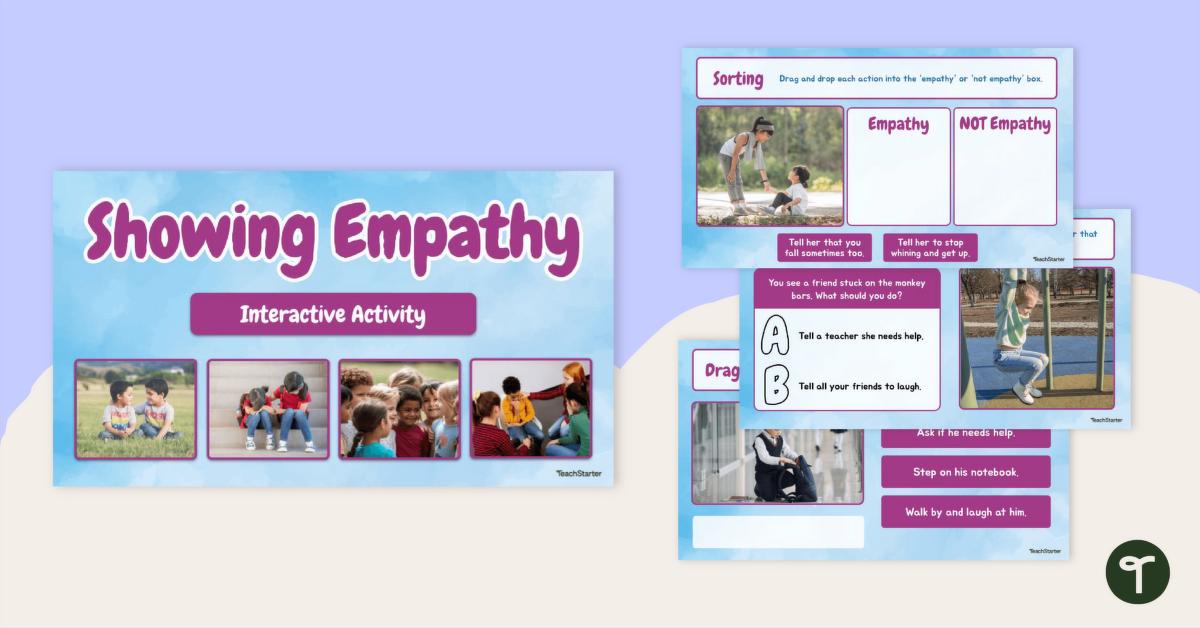The Evolution of PaaS: Elevating Development Efficiency
Platform as a Service (PaaS) has dramatically reshaped how developers deploy applications. It provides an environment where developers can build, test, and deploy apps without the complexities of managing the underlying infrastructure. With features that include scalability, built-in security, and support for multiple programming languages, PaaS acts like a digital playground where creativity meets efficiency.
Key Benefits of PaaS:
- Scalability: Easily adjust resources based on demand.
- Reduced Complexity: Focus on development while the platform manages other layers.
- Cost-Efficiency: Pay for only what you use without hefty infrastructure investments.
- Quick Turnaround: Accelerate development cycles with pre-configured resources.
DevOps: The Marriage of Development and Operations
Transitioning to a DevOps culture can feel like finding the perfect dance partner. It’s all about collaboration and continuous improvement. DevOps bridges the historical gap between development and IT operations, promoting a streamlined process where code can be deployed quickly and reliably. With tools like Continuous Integration and Continuous Deployment (CI/CD), organizations can turn the clunky release dance into a graceful pirouette.
Benefits of Adopting DevOps:
- Faster Time to Market: Release features or updates without the cumbersome waiting.
- Improved Collaboration: Break down silos for a more cohesive team effort.
- Increased Efficiency: Automate repetitive tasks and reduce human error.
Performance Tuning: Making Your Software Shine
Performance tuning is akin to giving your software a spa day. It involves improving the speed and efficiency of applications through careful analysis and adjustments. Imagine a well-oiled machine: smooth operations, minimized downtime, and an enviable user experience. Key tuning strategies often include optimizing SQL queries and adjusting resource allocation.
Strategies for Effective Performance Tuning:
- Profile and Monitor: Use analytics tools to identify bottlenecks.
- Optimize Queries: Make sure SQL queries are efficient and neat.
- Resource Management: Scale resources where needed and keep an eye on usage.
Analytics: Turning Data into Decision Gold
In today’s data-driven world, analytics play a pivotal role in shaping strategies. This process involves examining datasets to draw conclusions that inform decision-making. It’s like having a crystal ball that reveals where your company stands and where it is headed. Predictive analytics can even help foresee trends, allowing businesses to stay ahead of the curve.
Keys to Effective Data Analytics:
- Data Collection: Ensure that your data sources are reliable.
- Tools: Utilize platforms that offer robust data visualization.
- Continuous Learning: Adapt to new findings and adjust strategies accordingly.
SQL Databases: The Backbone of Data Management
SQL databases are the unsung heroes of the tech world. They manage data with unmatched reliability and efficiency. Think of them as organized filing cabinets where data is stored in a structured way, making retrieval as easy as pie. By understanding concepts like normalization, indexing, and relationships, developers can optimize database performance and accuracy.
Benefits of SQL Databases:
- Structured Data: Organize data in predictable formats for easy access.
- Querying Abilities: Leverage powerful query languages to manipulate data effectively.
- ACID Compliance: Maintain transaction reliability, ensuring that operations are processed reliably.
Frontend Development: The Face of the Application
Frontend development ensures that your applications are not only functional but also attractive to users. It is the field where aesthetics meets usability, creating an engaging user experience. HTML, CSS, and JavaScript work together like a well-coordinated symphony, captivating users while ensuring functionality smirks in the background.
Principles of Great Frontend Development:
- Responsive Design: Ensure applications work seamlessly on all devices.
- Accessibility: Prioritize user inclusivity across all platforms.
- Performance Optimization: Loading times should be quick enough to keep users happy.
Kanban: The Visual Tool for Productivity
Kanban utilizes visual signals to illustrate workflow, making it easier to manage tasks. A simple Kanban board can help optimize processes by highlighting work in progress, thus minimizing bottlenecks. It’s like putting your tasks into a game of Tetris; you always want to make sure the blocks fit together seamlessly!
Benefits of Kanban Include:
- Enhanced Visibility: Teams can see workload and prioritize efficiently.
- Flexibility: Easily adapt to changes without ext...






